Final Blog - Alaska - A Journey not a Destination
Take the Long Way Home
For decades Willie Nelson has played Whiskey River to open his concerts. For just as long, the Eagles have closed their shows with Take It Easy, the song that put them on the charts in 1972. In a show of sincere concern for their possibly stoned or otherwise buzzed fans, Glenn Frey would tell their audience, “This one’s for the drive home.” before kicking off Take It Easy. And while I was never stoned or buzzed on this entire trip, I was acutely aware that I wanted to arrive home safe at the end of the final leg of the journey.
We start this journey in Leduc, Alberta on my birthday, August 25. We vowed to stop in and say hi to our new road warrior friends from that fateful night on the Cassiar Highway when we all participated in the rescue of two young ladies who were having a bad night. Click here for the details. We shared a nice dinner and then took a trip to the city lights of Edmonton and Leduc area before parting.
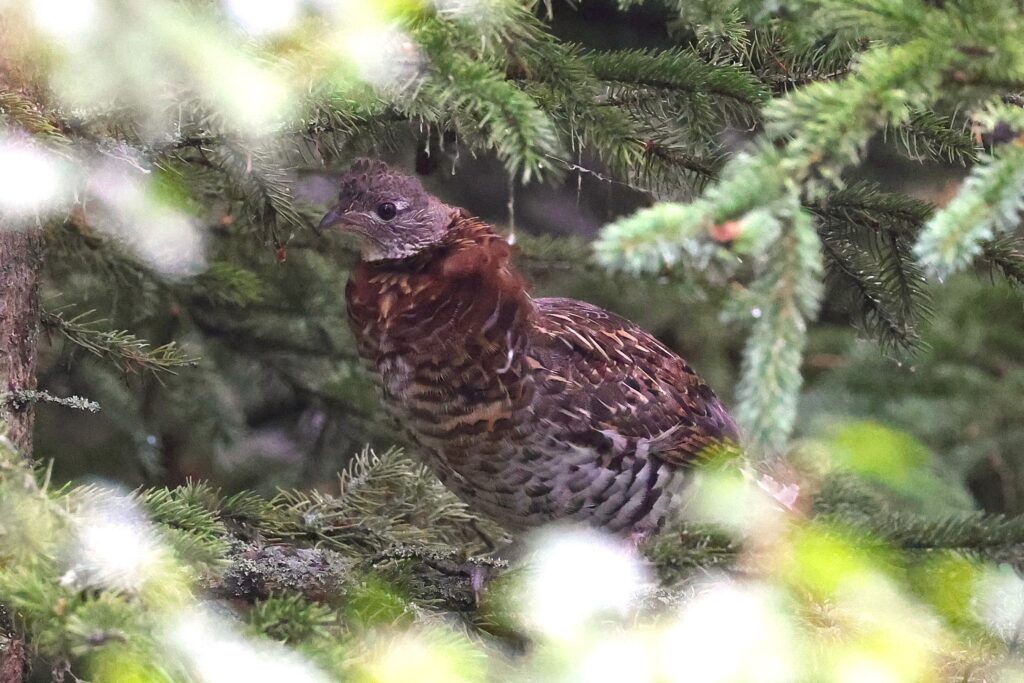
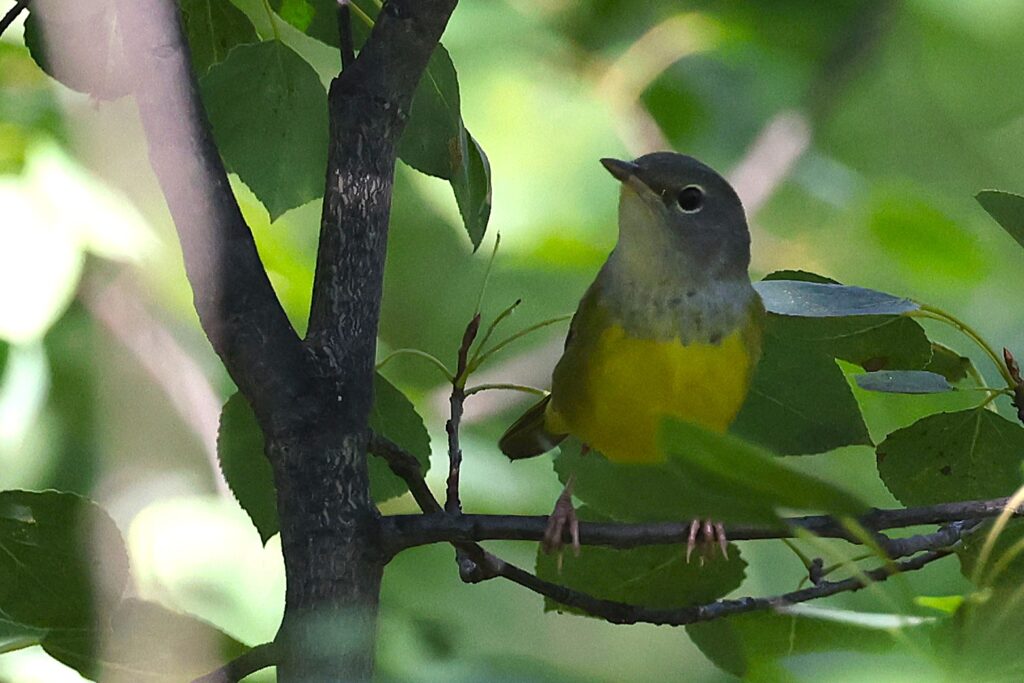
Tiny Dancer
I wanted to get birds in all the provinces we would pass through, but there wasn’t an expectation of any new life birds until reaching the boreal forests of Minnesota. It was with this mindset that I pulled off the road at the site of a small pond that looked to be loaded with water fowl and waders. I stopped, hopped out of the truck with my binoculars to see how many different birds were to be found. I did not grab my camera because, as mentioned, I was not expecting to see anything unique. I was identifying the many different duck species and several wader species. Suddenly, I must have seen her, dancing in the sand at the water’s edge and she caught my eye. My first impression was semipalmated sandpiper, but something just wasn’t right. I raised my binoculars and made a close inspection as she continued to move in my direction. This unusual bird was now about 50 feet from me and suddenly the ID clicked in my head. Yellow Rail!
Yellow Rail was not on any list of birds I thought possible on this trip or even in my lifetime. It is known for being obsessively skulky. Most people who have this bird on their life list, likely have it as a heard only. Yet, here I stood, watching this small rail walk towards me along a barren sand flat. I stood as still as I could, enjoying this moment until the bird finally came to her senses and bee-lined it for the reed beds 10 feet away. It was one of those special birding moments that only die-hard birders can really appreciate.
Here Comes the Sun
In Saskatchewan, we identified a nice boondocking site along the banks of Manitou Lake. We drove our rig down a relatively steep incline to the lake shore boondocking site and set up. I did not have the same feeling that I had in Santa Fe de Veraguas, Panama when I knew I went down too steep a hill. Click this link to relive that nightmare. What we didn’t count on was the bad weather rolling in that made climbing back up that hill impossible. I attempted to pull up the hill the next morning after significant rain overnight. It was a no go. I had to back down with the camper behind on a slick switchback with a sharp drop on one side. It was a bit harrowing, but at this point in the trip, my backing skills were quite good.
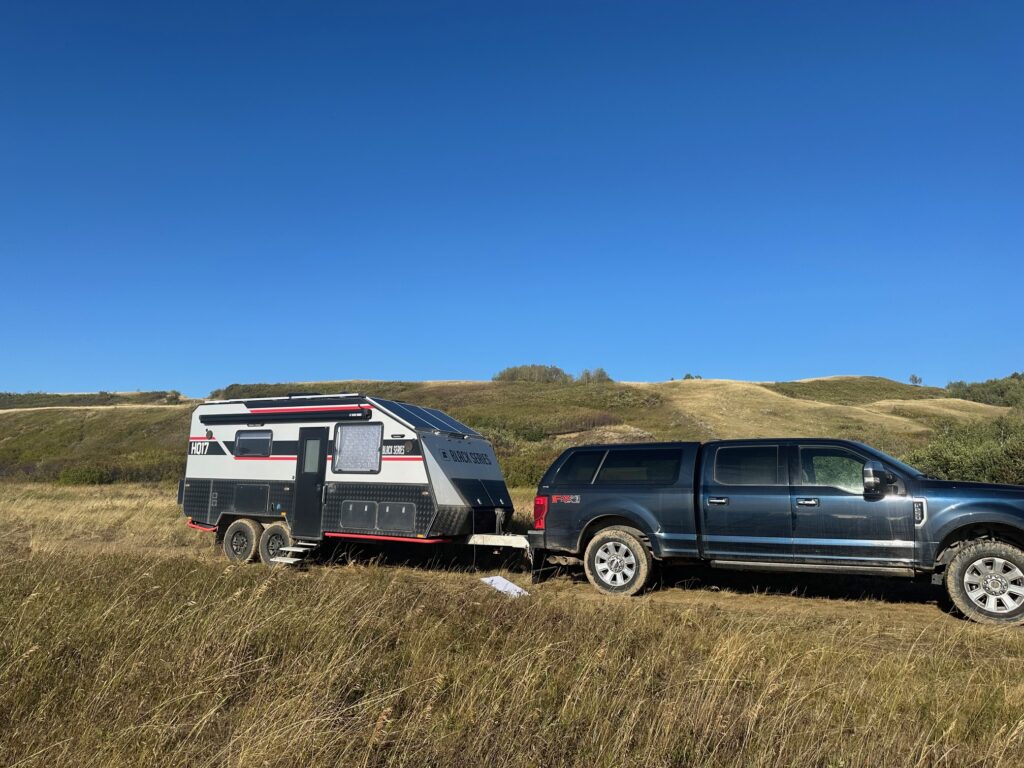
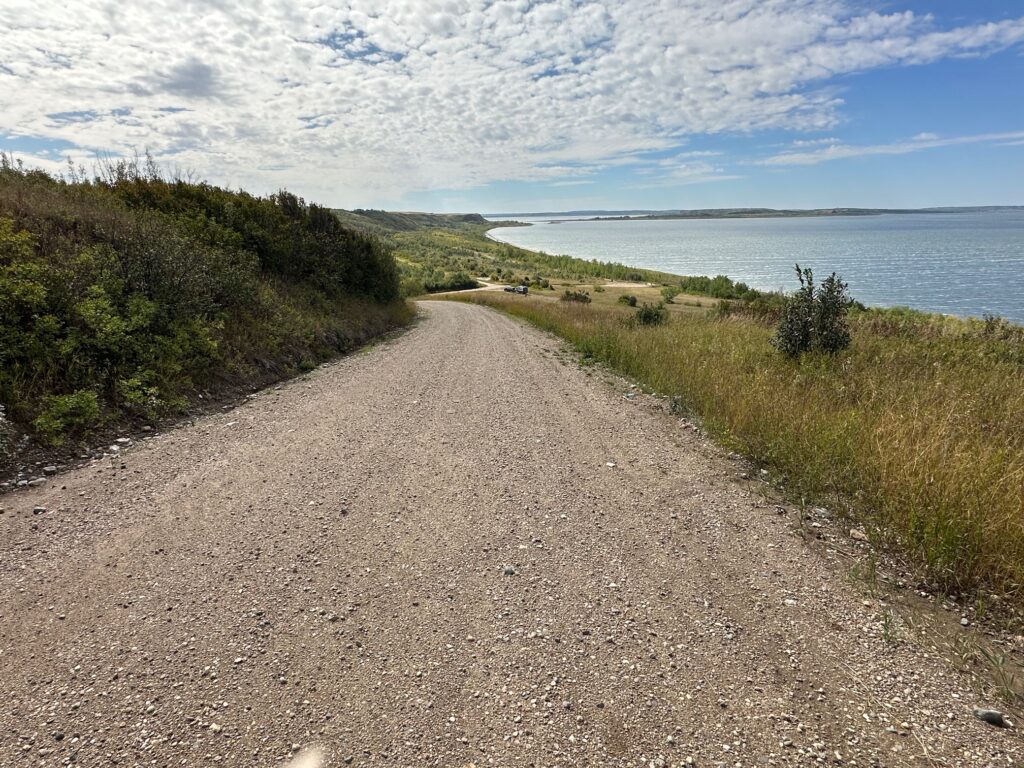
It was clear that we were stuck until we had at least one full day of sunshine to dry the road. We settled in. We did some hiking and some birding. Most notably on the birding front was the lifer American Goshawk. It was a juvenile. It is remarkable how similar the plumage of a juvenile Cooper’s Hawk and a juvenile American Goshawk is. There are some subtleties but mostly there is the size with the goshawk being significantly larger.
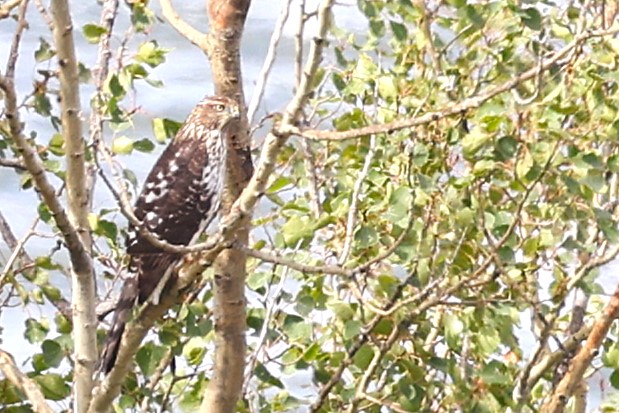

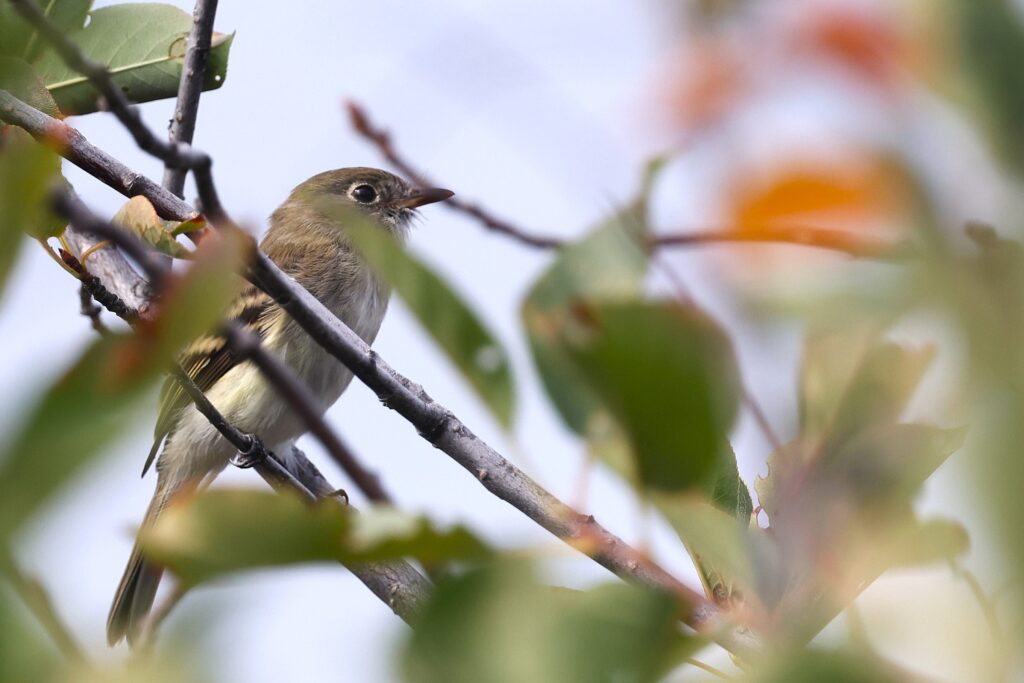
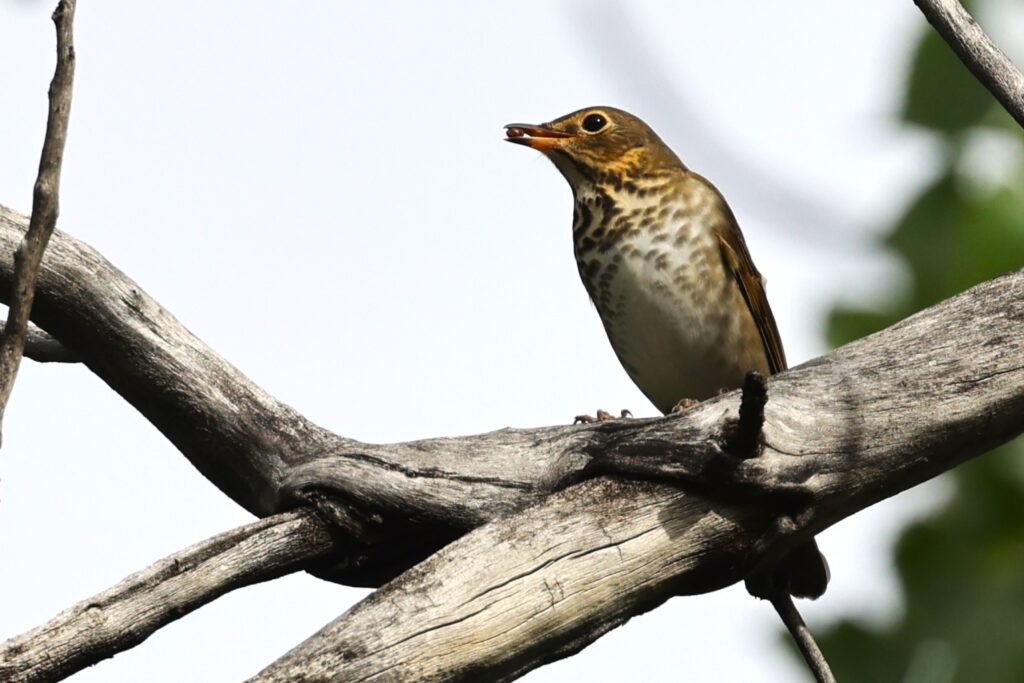
And I say, it’s alright, because we only needed to stay two extra nights before the sun came out and made the road dry enough to make another go at it. With all four tires throwing gravel and mud that truck made it up that incline. Mirka, in a show of self-preservation, met me at the top of the hill and jumped in the cab.
Rock and Roll All Night
Just south of Saskatoon and on the banks of the Saskatchewan River lies Chief Whitecap Park. It is a sprawling park with grass fields, woodland and riverine habitat. It was loaded with birds. I logged 41 birds here in two hours including my first Ovenbird (a strange name for a warbler).
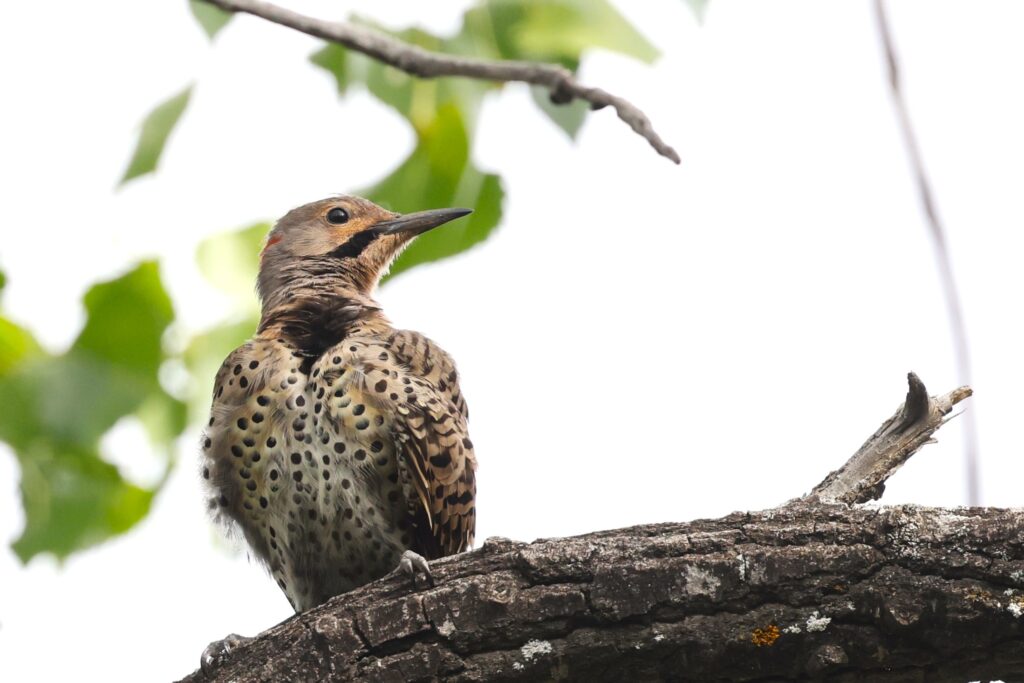
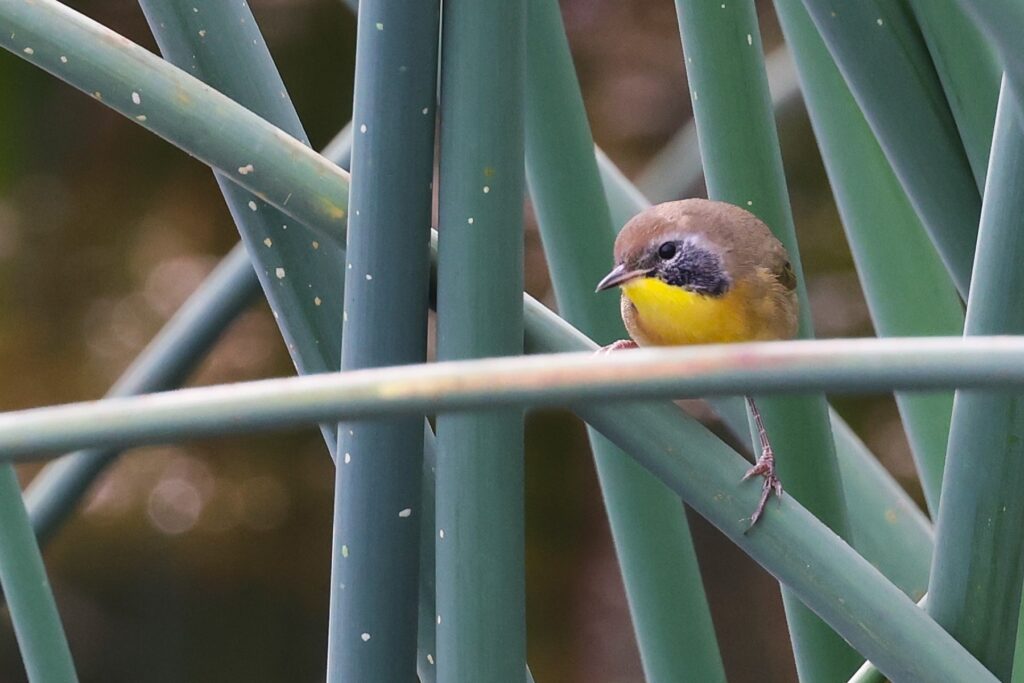
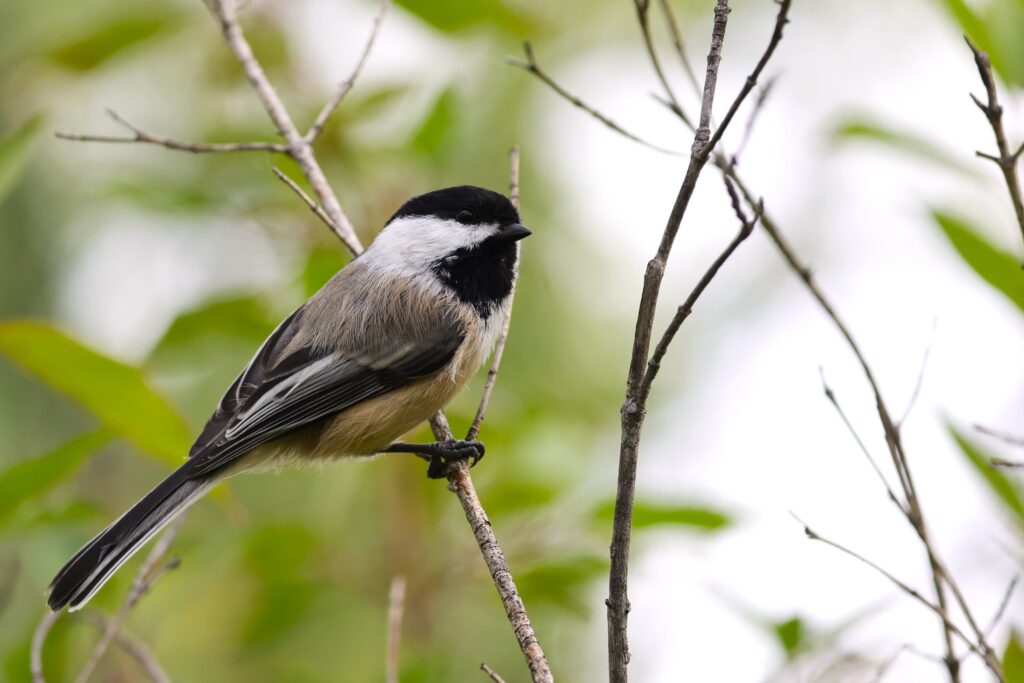
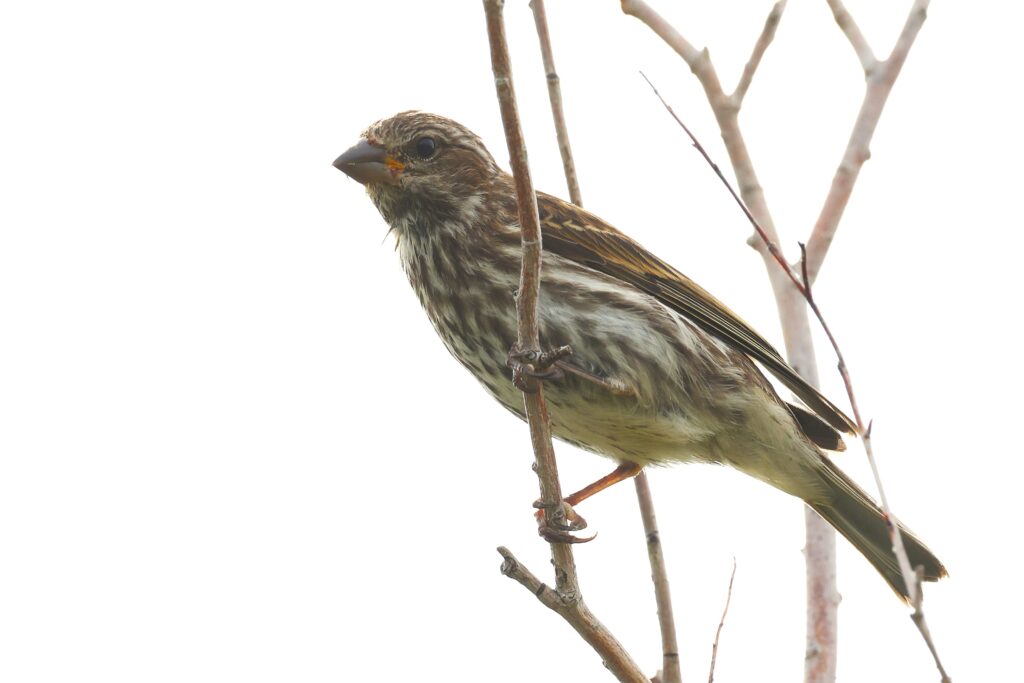
We spent a few nights just south of Winnipeg in La Barriere Park. The park still allows boondocking in the parking lot and boasts multiple soccer fields, a world class disc golf course and the beautiful slow moving La Salle River suitable for kayaking, which we did. The park was well used during the day but still offered lots of great birding, including my lifer Yellow-bellied Flycatcher.
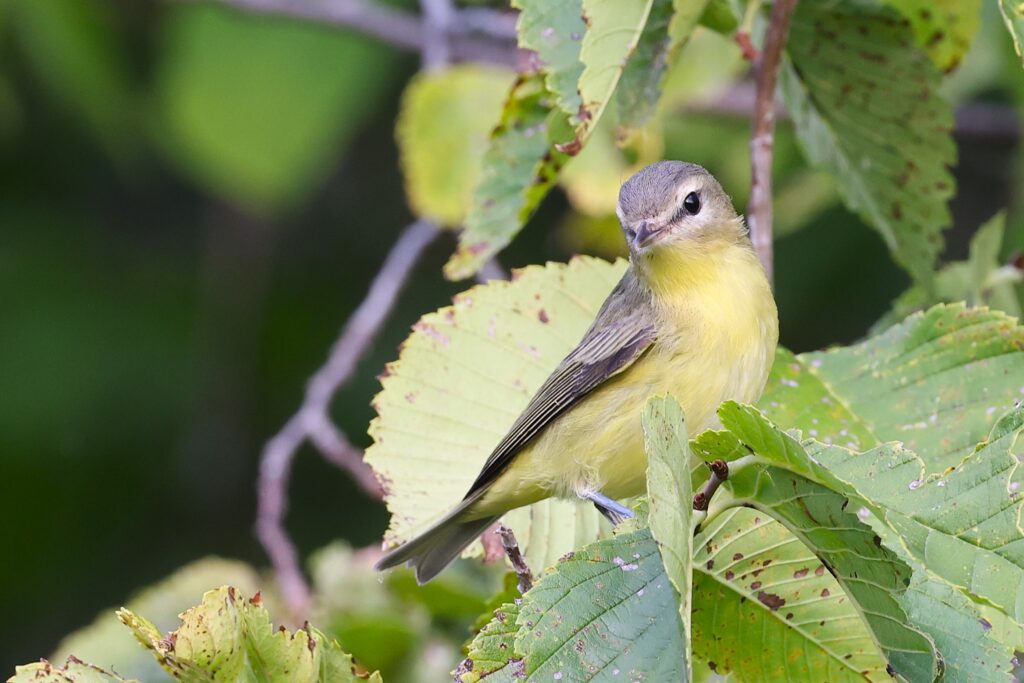
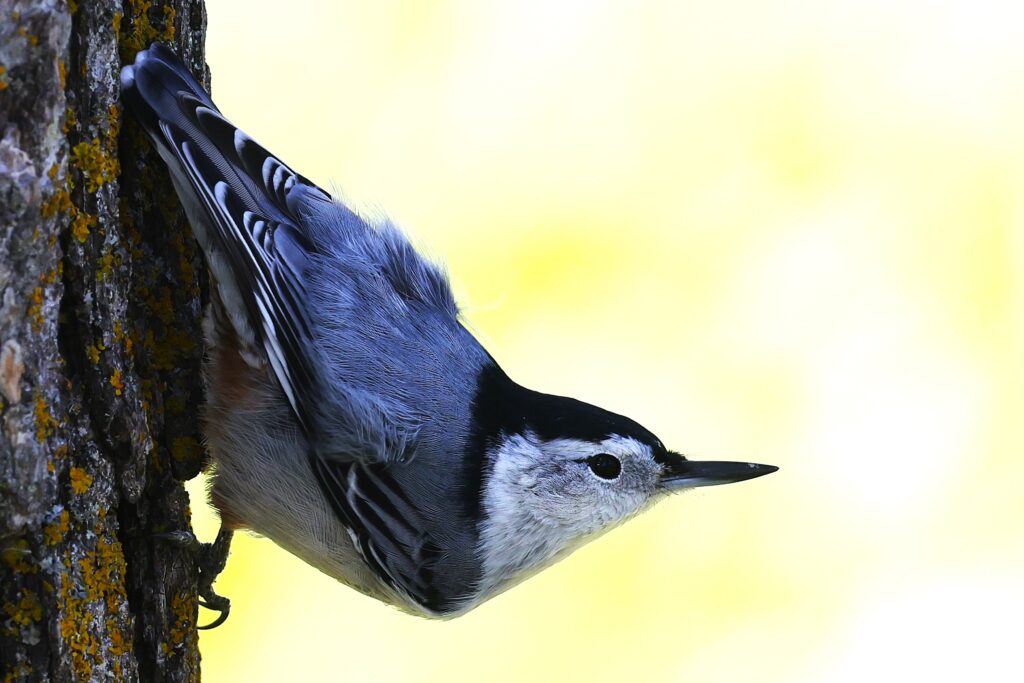
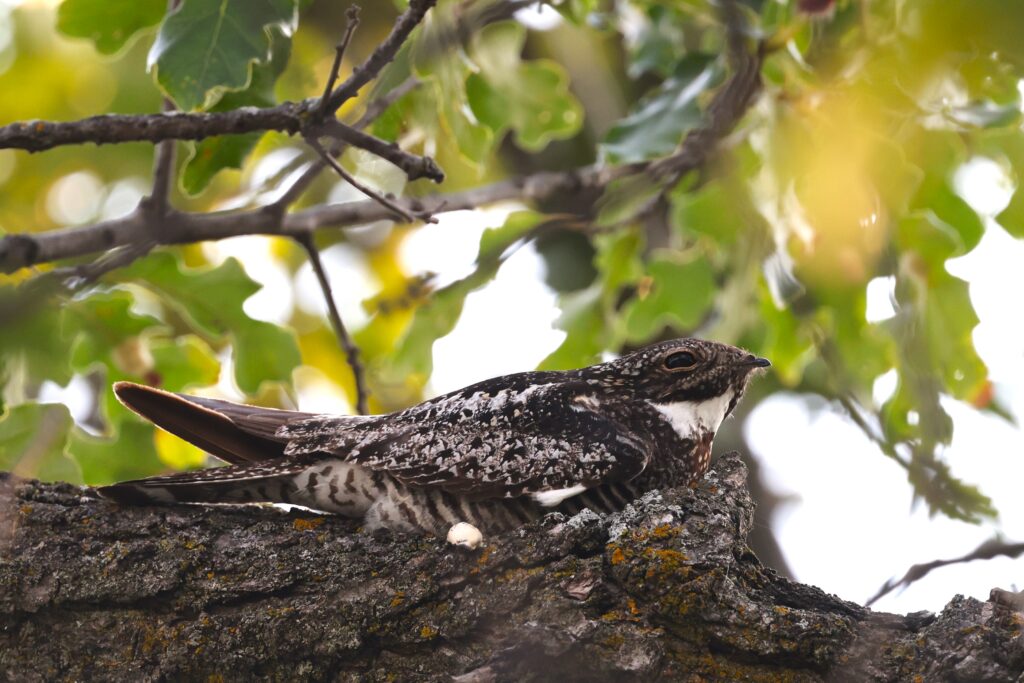
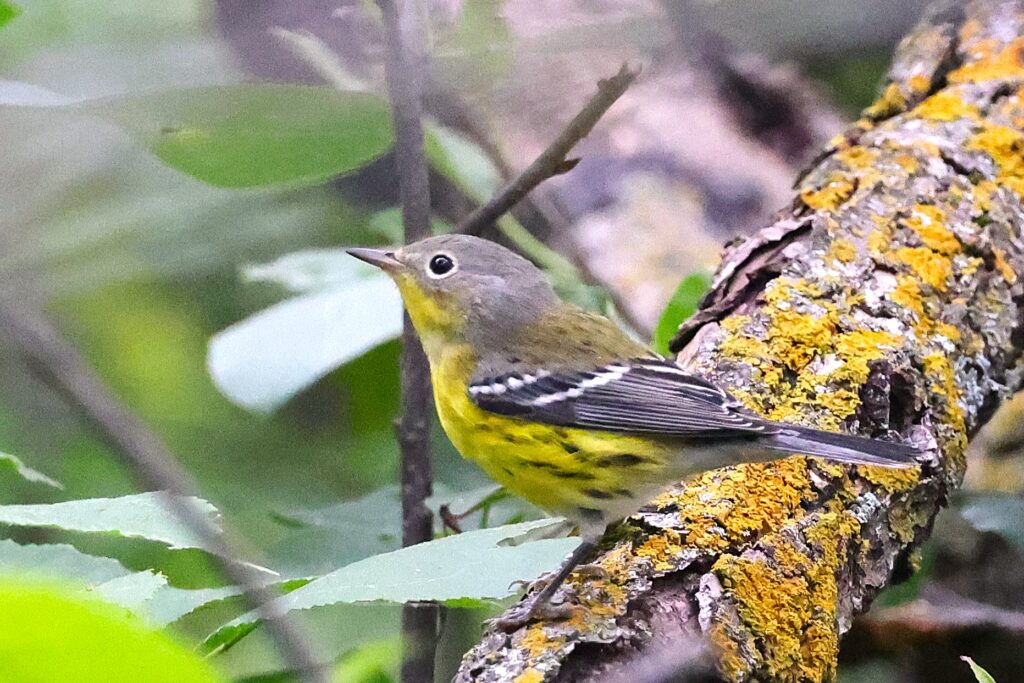
In one of our few nightlife adventures on this trip we ventured into Winnipeg for some live music at the iconic Times Changed – High and Lonesome Club. It is a small hole in the wall that is lost in time. The place was not lookin’ fancy but I liked it’s style. The genres are rock, blues and jazz. They have a house band, and they invite local musicians to either play with them or play instead of them. It was a great time. We closed it out.
On September 4, we left Canada and entered Minnesota.
Three Little Birds
Our objectives in Minnesota were to go to Voyageurs National Park and Grand Portage National Monument. However, boondocking near Grand Portage would be difficult so we decided to get a regular campground. Reservations were not easy to come by. This required a plan deviation to go further south into Minnesota and find some boondocking there while waiting for our time to go to the parks. We settled on a beautiful spot a few miles north of St. Cloud. The spot was adjacent to the Groundhouse Wildlife Management Area. Here I was able to photograph the elusive Ovenbird and my lifer Golden-winged Warbler.
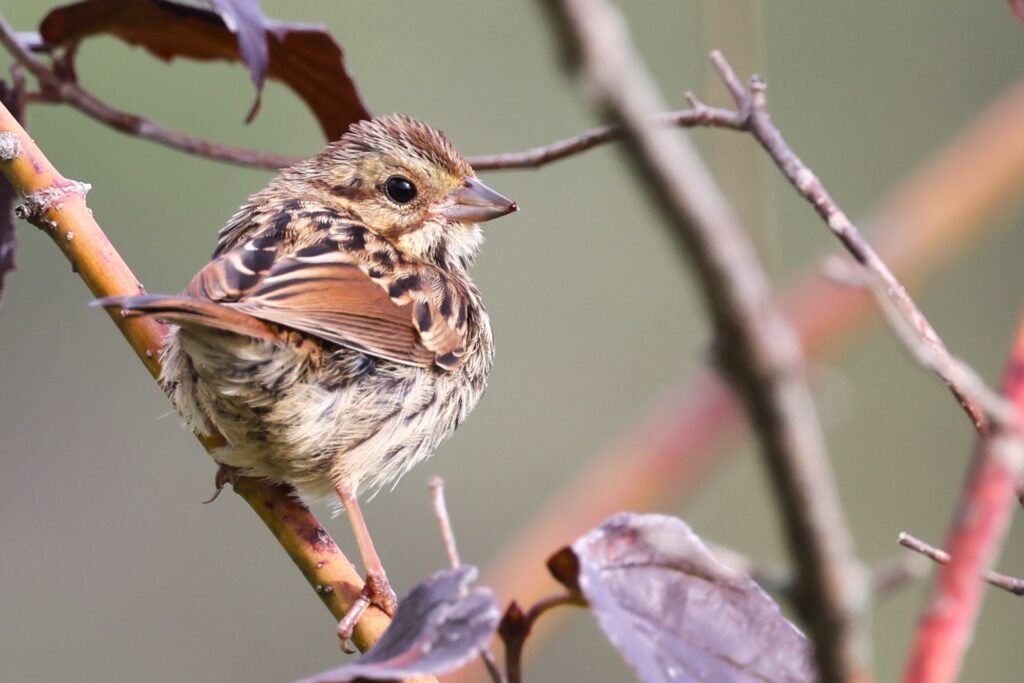
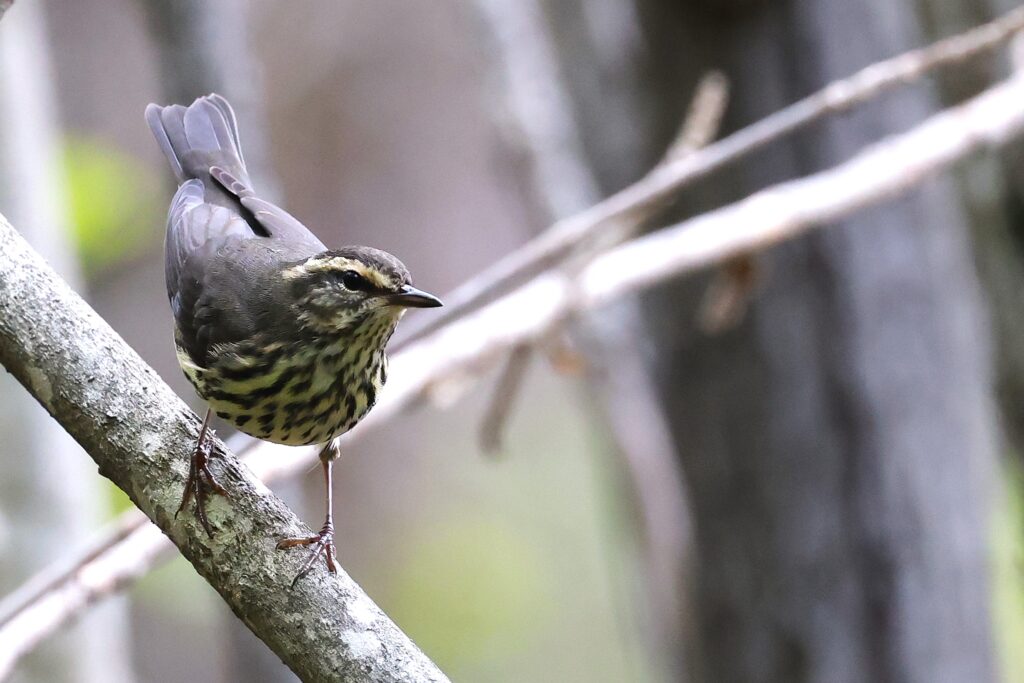
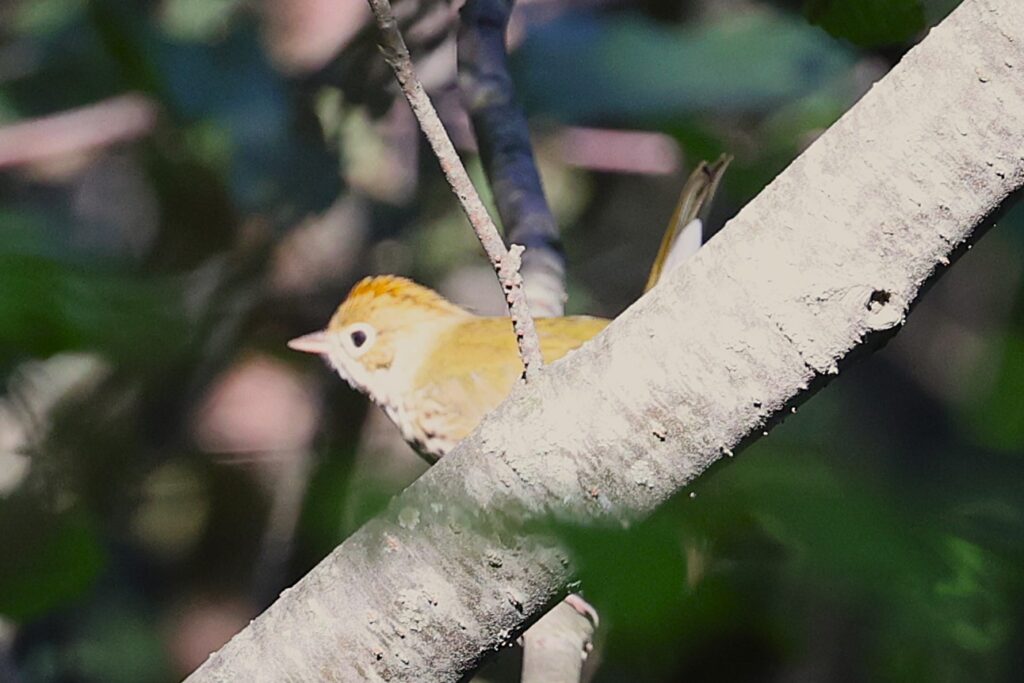
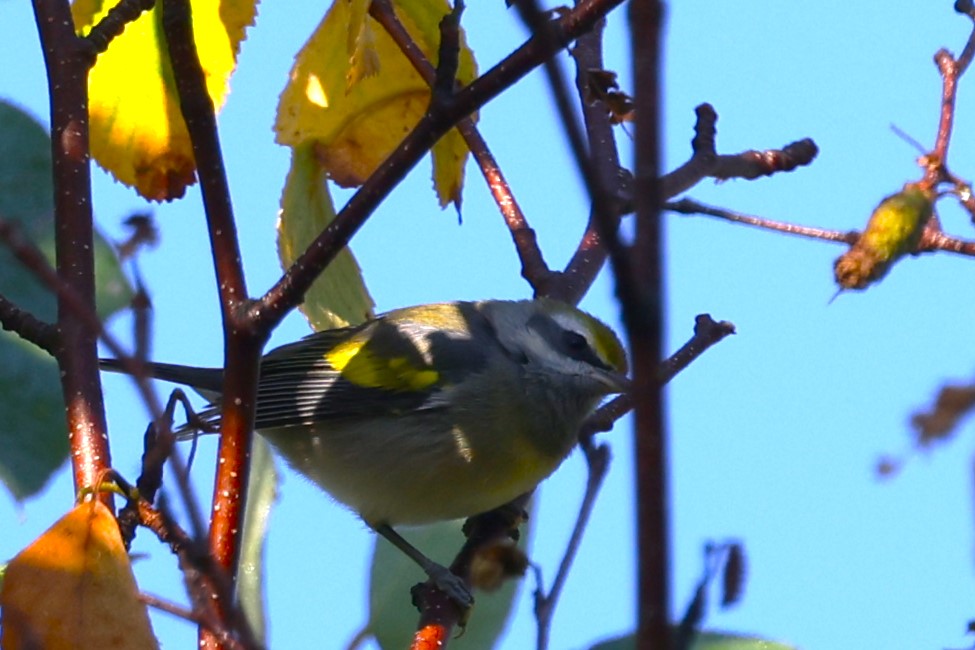
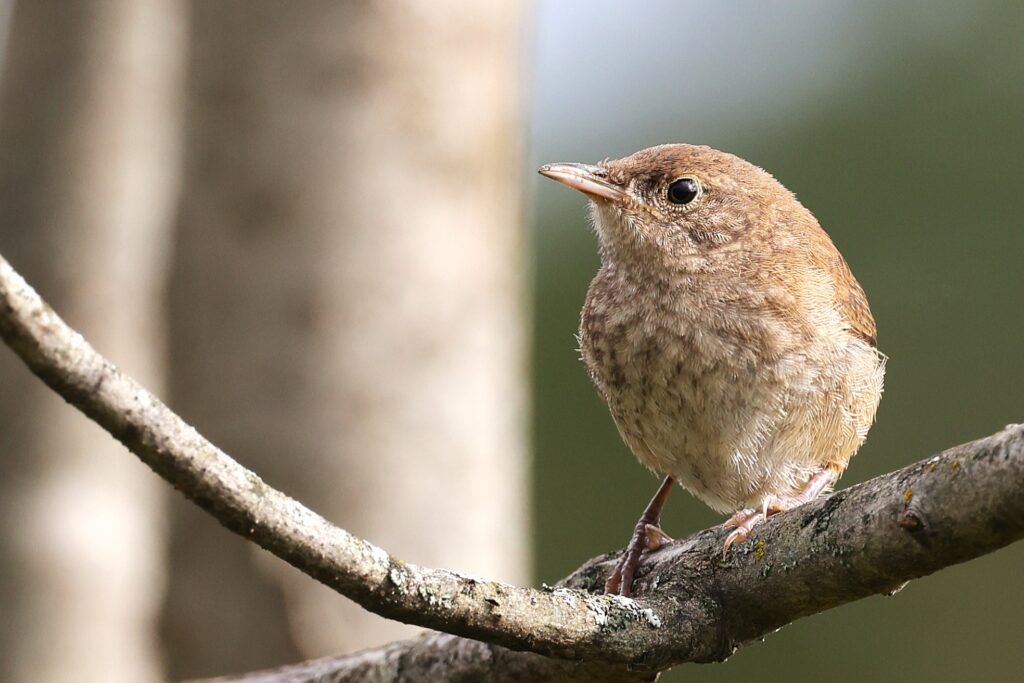
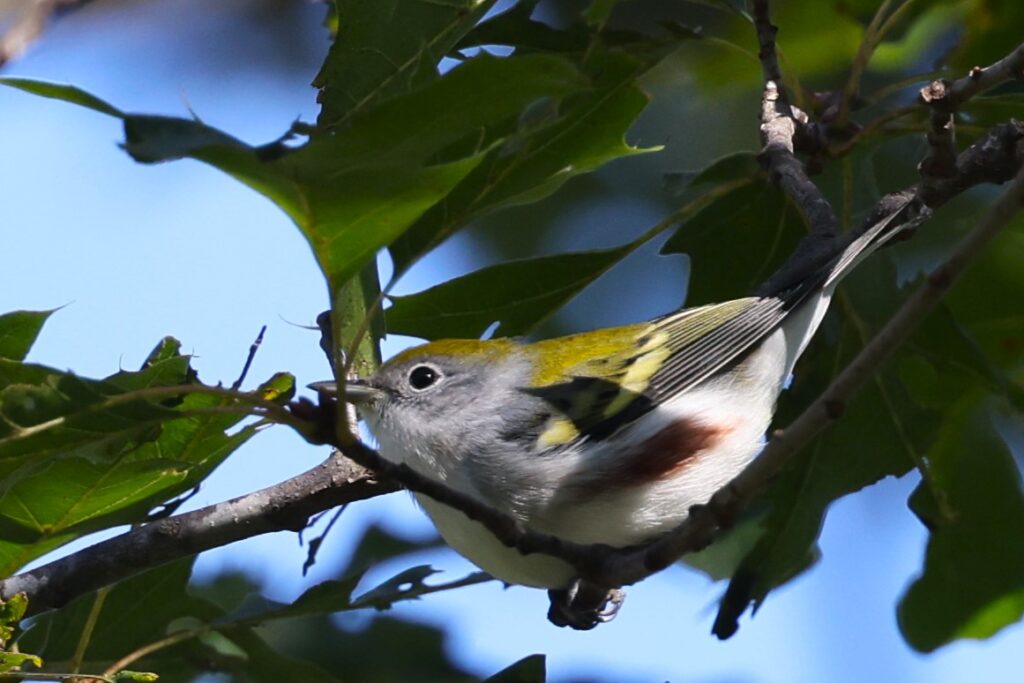
From this location we also hit the iconic Sax-Zim Bog on our way to the National Park. This is a patch work of private bird friendly properties and donated and managed public properties mixed in with other private owners who rather not have all the birding attention. While this was a bust for the famous Great Gray Owl, Boreal Owl and Northern Hawk-Owl not to mention the winter finches, it was still very nice to be there and see what this place is all about. Of course, all good birders know that the time to go for all the above-mentioned birds is the dead of winter.
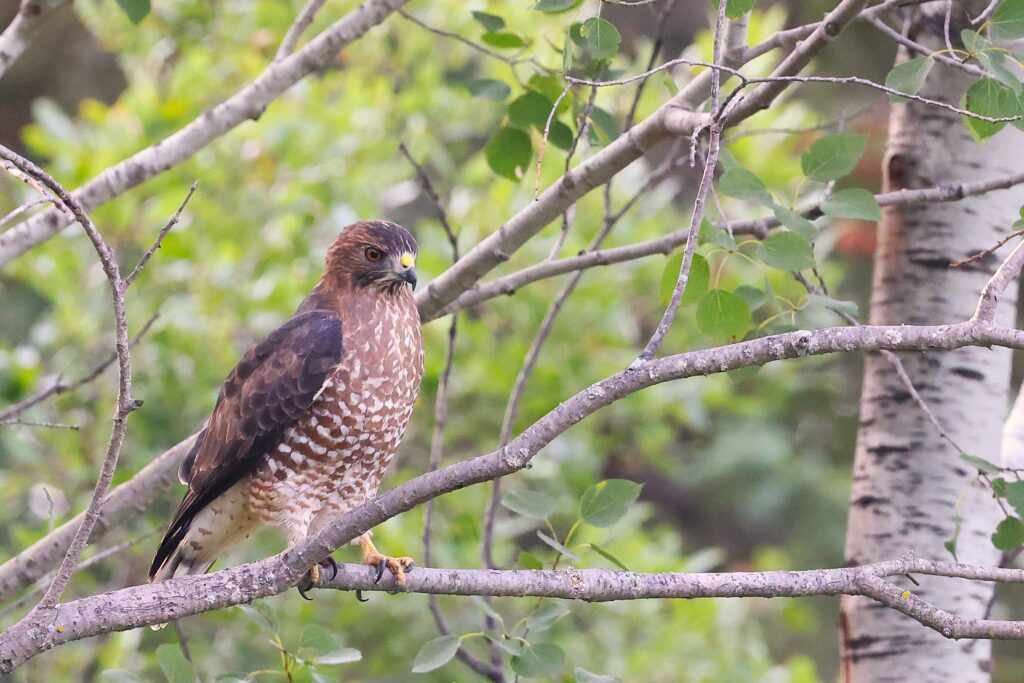
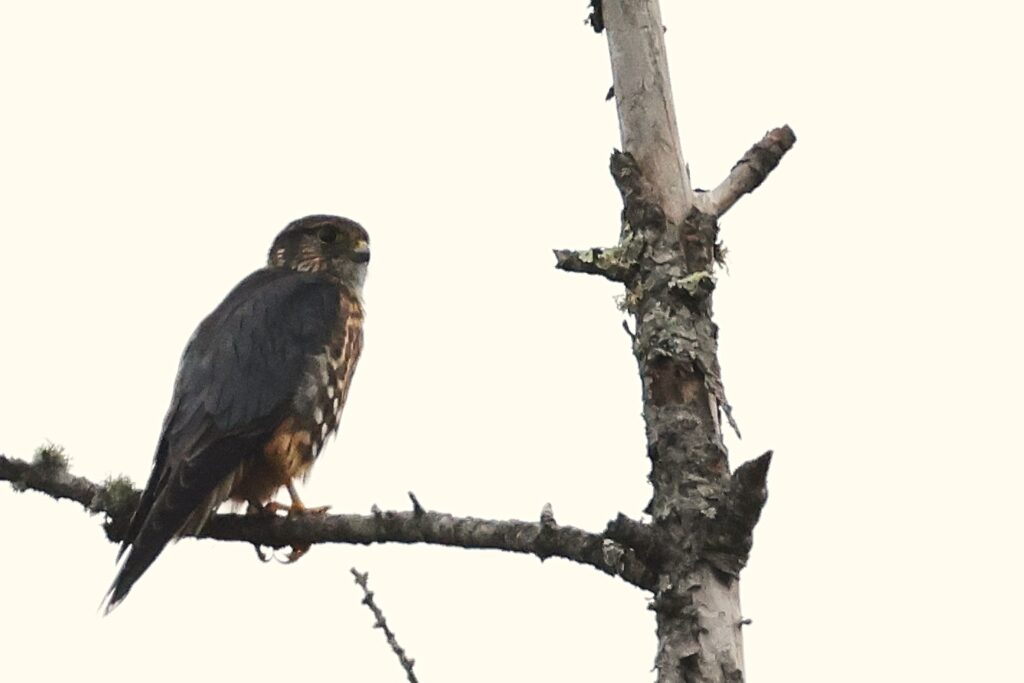
We rose up in the morning and smiled with the rising sun. I wanted to get to the NP visitor center at opening. While we were getting checked in to the Voyageur NP visitor center for our day cruise through the lakes which make a large part of the park, I heard mention of a Black-backed Woodpecker in the parking area. I walked out with one of the rangers to find it, but it was gone. She was so nice to come find me watching the little movie and tell me that the woodpecker had returned. Sure enough, we walked out and there it was, three of them. This large woodpecker is widely distributed but very sparse. Getting a good look at one of these birds is not easy.
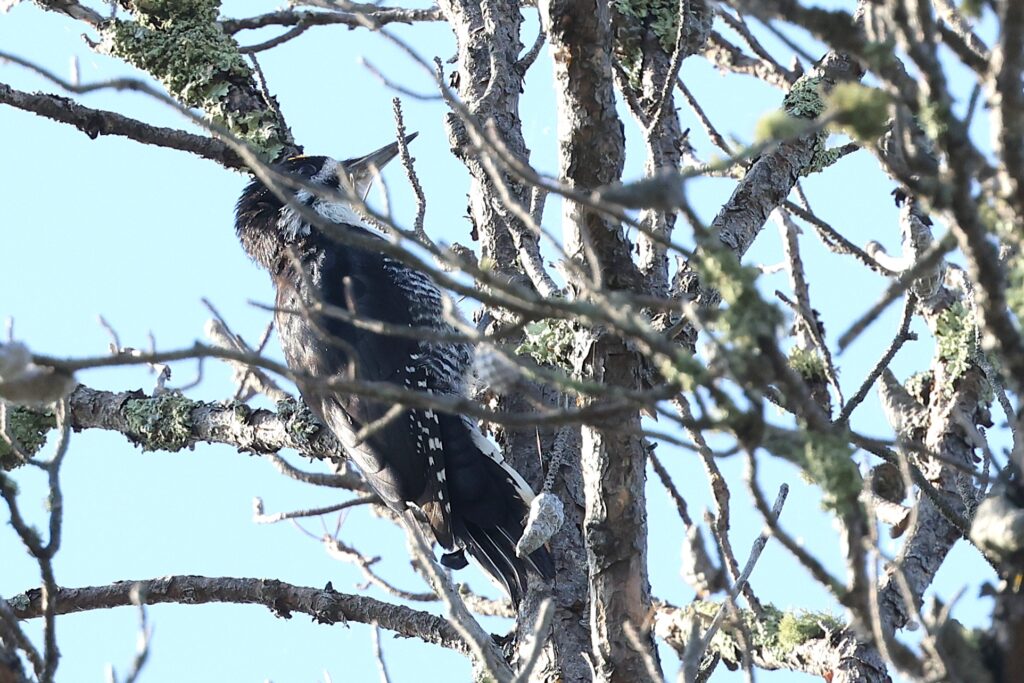
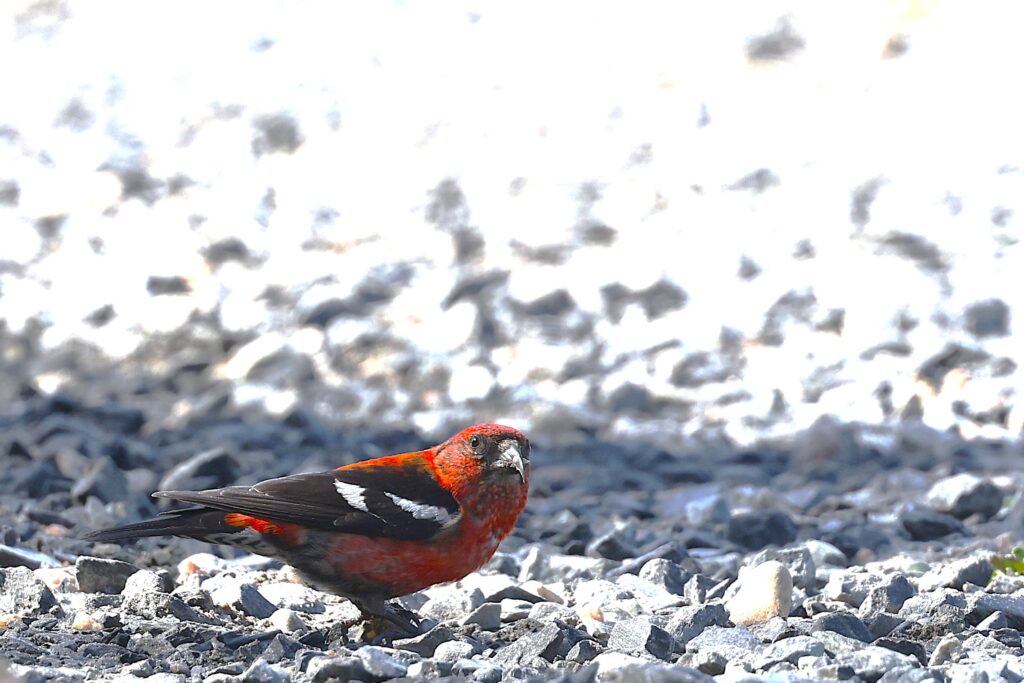
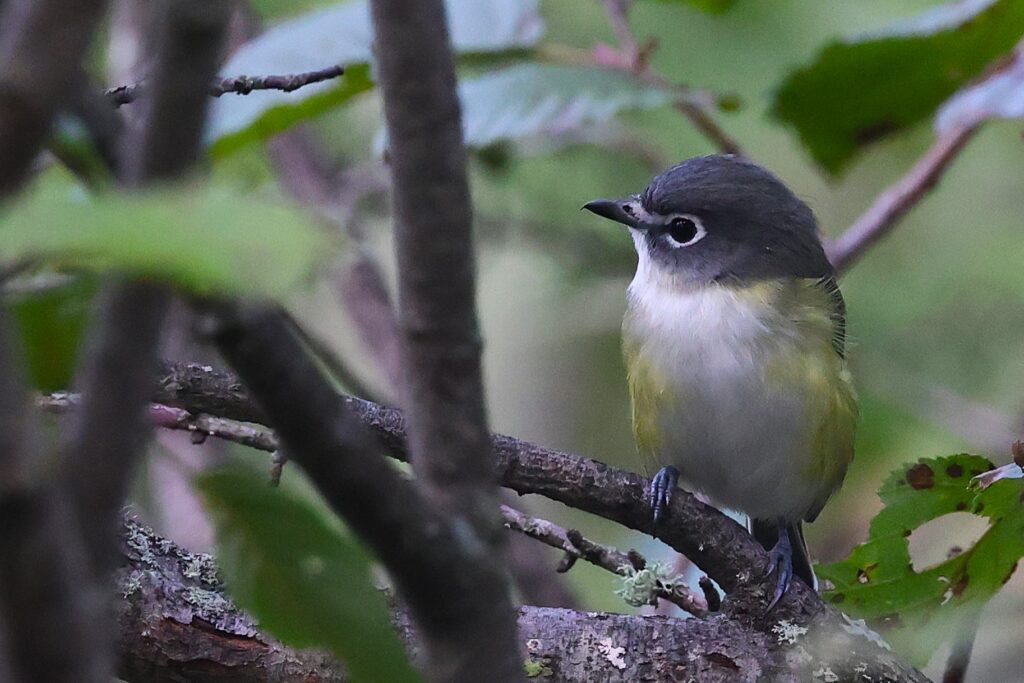
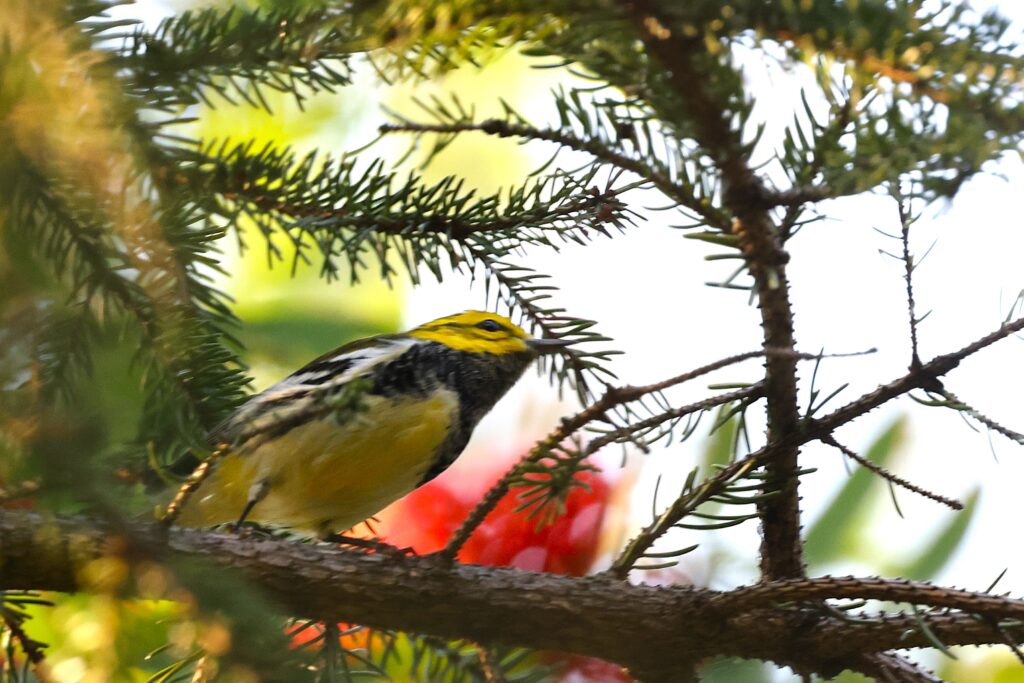
Taking Care of Business
The Lake Superior shoreline from Silver Bay to Grand Portage is nothing short of idyllic perfection. I say that because I was there in September, the skies were blue, and the temperature was pleasant. People are out and about enjoying the outdoor dining and the parks. I assume that winter time is a different story.
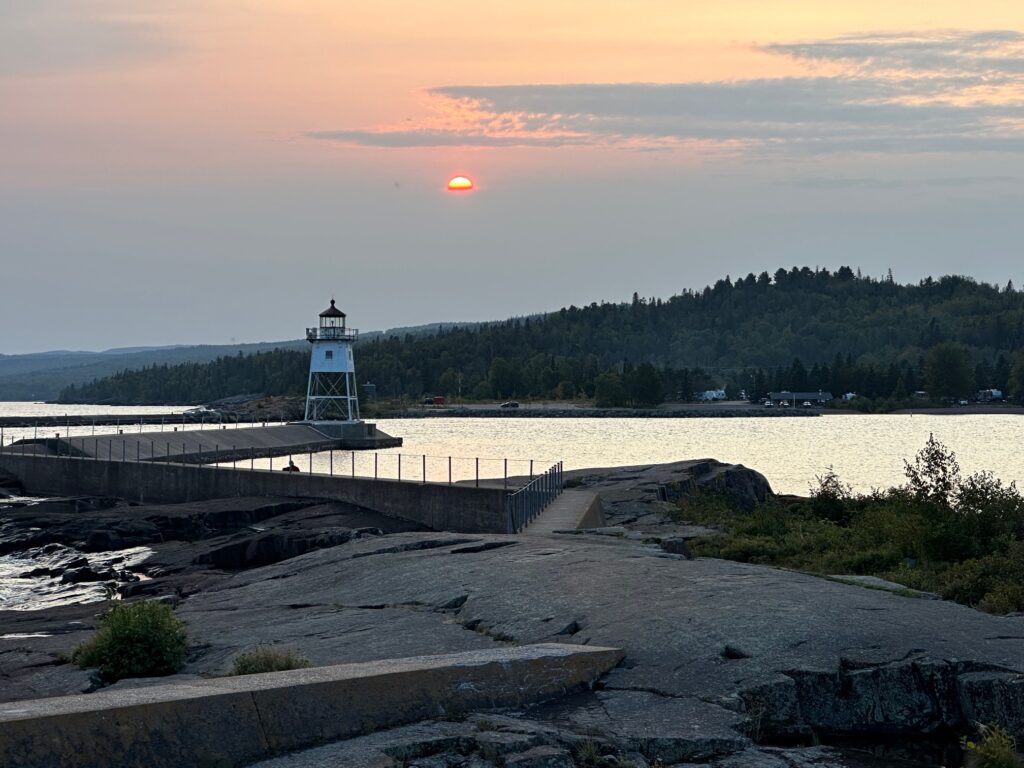

Much was learned about the fur trade during our time at Voyageur and Grand Portage. The industry was on the scale of any other industry of its time. The importance of beaver skins to wealthy Europeans and Americans cannot be overstated. They loved their beaver felt hats. Each year, the executives of the Hudson Bay Company crossed the pond from England to have their annual meeting at the Great Hall in Grand Portage. While I have no doubt that there was some business discussed, it also involved a lot of girls who try to look pretty and other non-business-related activities. Perhaps similar to corporate America today.
Right in the middle of the fur boom, the British lost a border dispute with the US shortly after losing the American colonies to independence and Grand Portage became a part of the United States and not British Canada. This effectively blocked Britian from the most profitable fur trading routes. It gave opportunity to US fur trading companies, at least until the beavers were sufficiently decimated to render the entire industry non-profitable by the middle of the 19th century.
Just What I Needed
Continuing south, we made an excursion into Wisconsin for the sole purpose of adding that state to my list of states where I have seen more than 50 different birds. Mirka didn’t mind me going there, she didn’t feel like I was wasting all my time. I was happy for that and it didn’t take long to get 50 birds. We accessed Willow River State Park for some birding and to my surprise, I came away with two new lifers, Connecticut Warbler and Blue-winged Warbler.
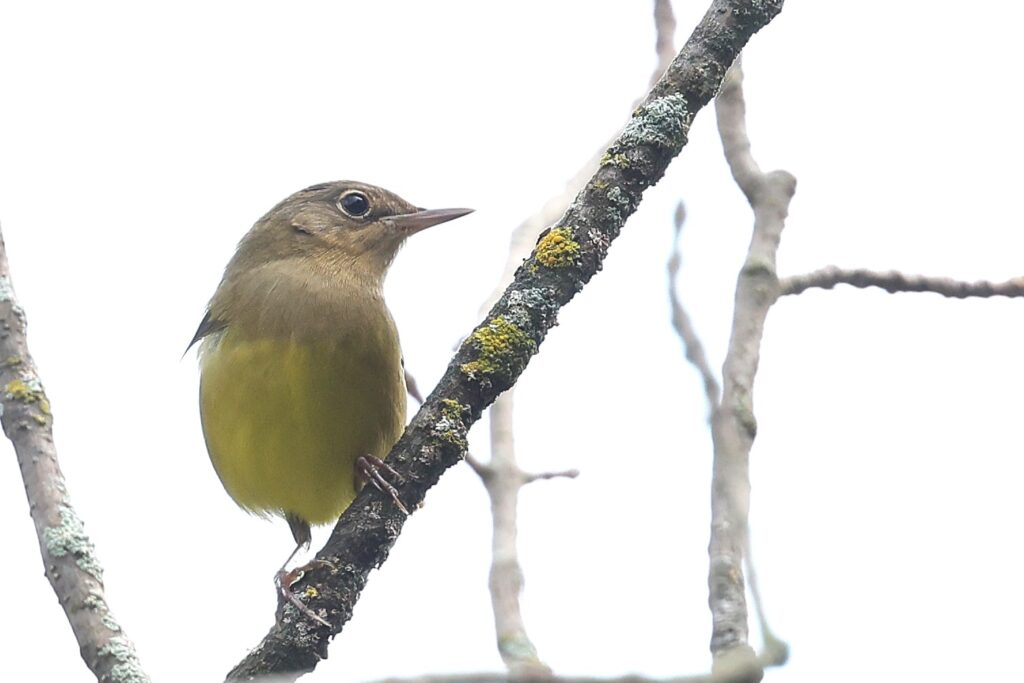
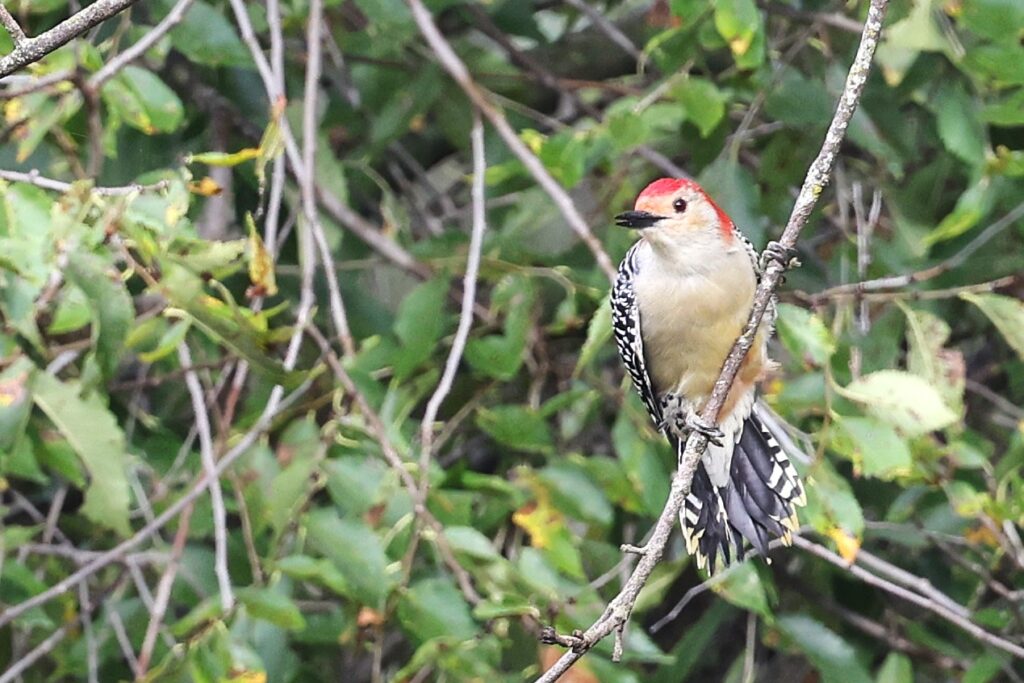
After a night in the state park, we rolled on to Iowa. Here we would meet with some real birding friends that we had met in Panama the year before. While the offer was there to sleep in a bed not based on wheels, we opted to boondock in their driveway and stick to our tried-and-true Black Series RV bed.
We really enjoyed our stay in Dubuque and got to go birding more than once with our friends to some of their favorite locations. I learned a lot about corn farming and about the Iowa corn industry. Iowa is the largest corn producer in the USA accounting for more than 20% of US production.
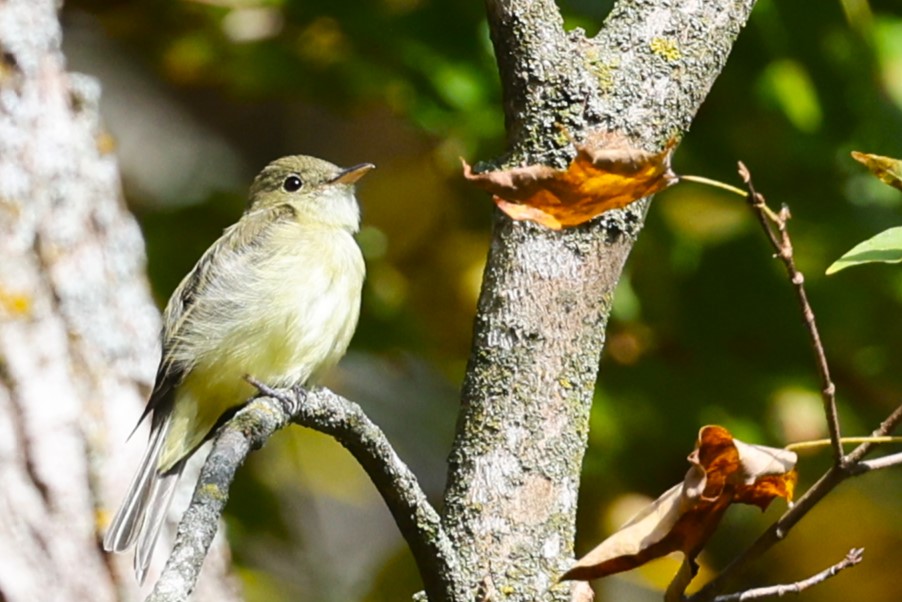
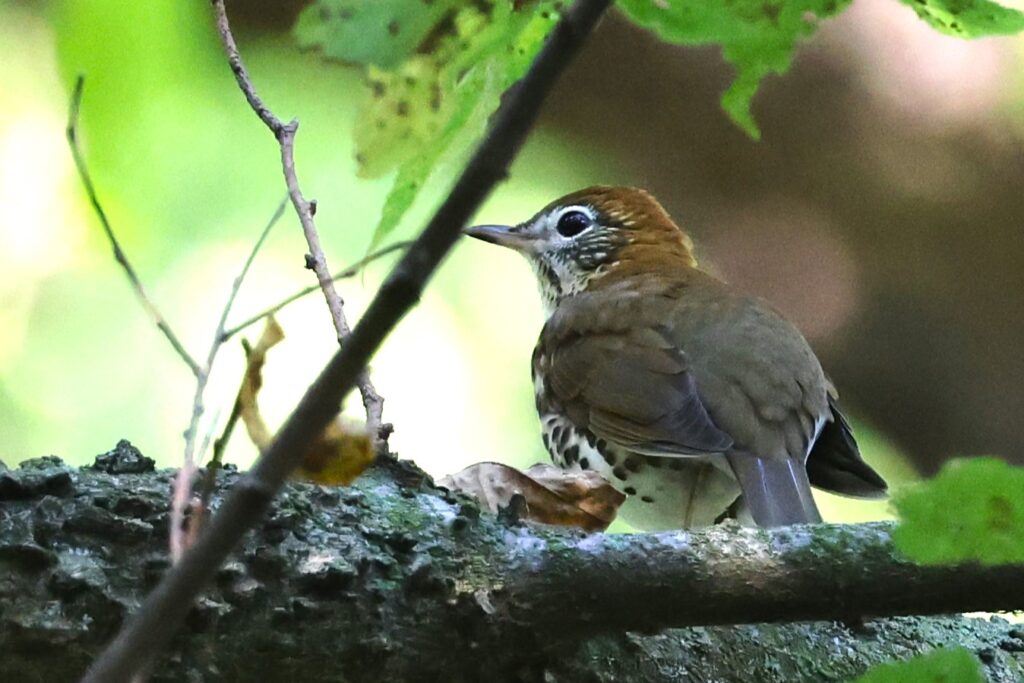
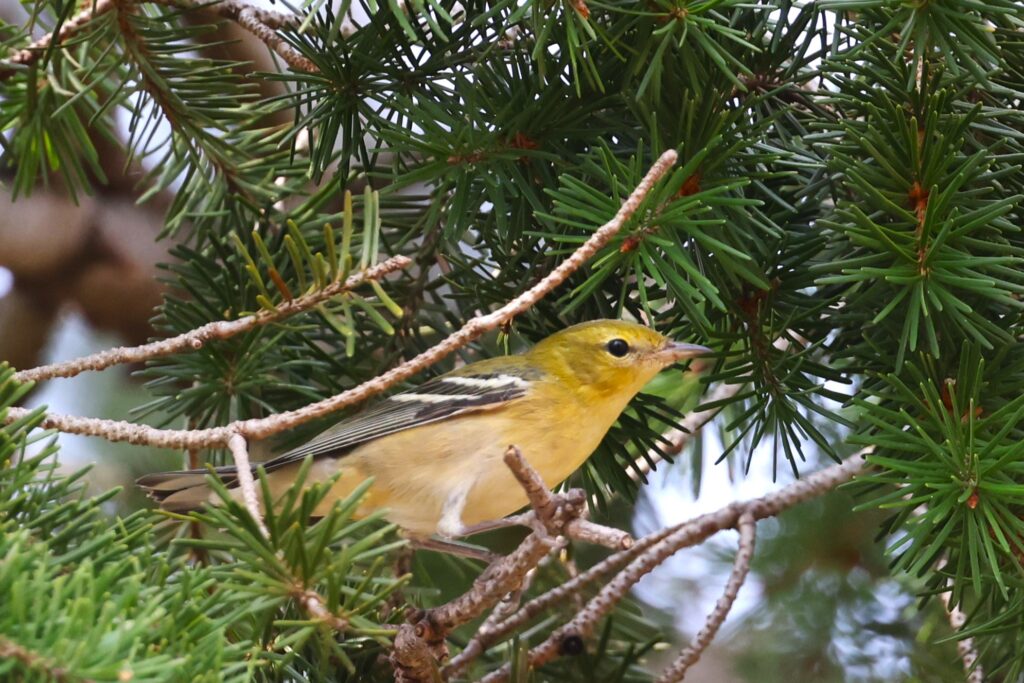
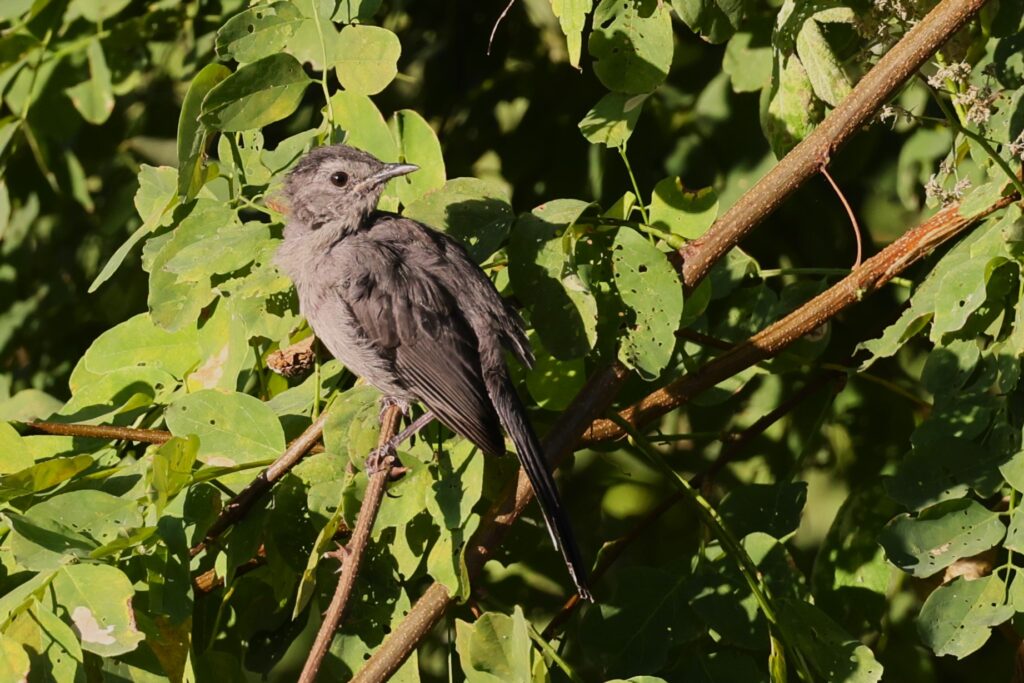
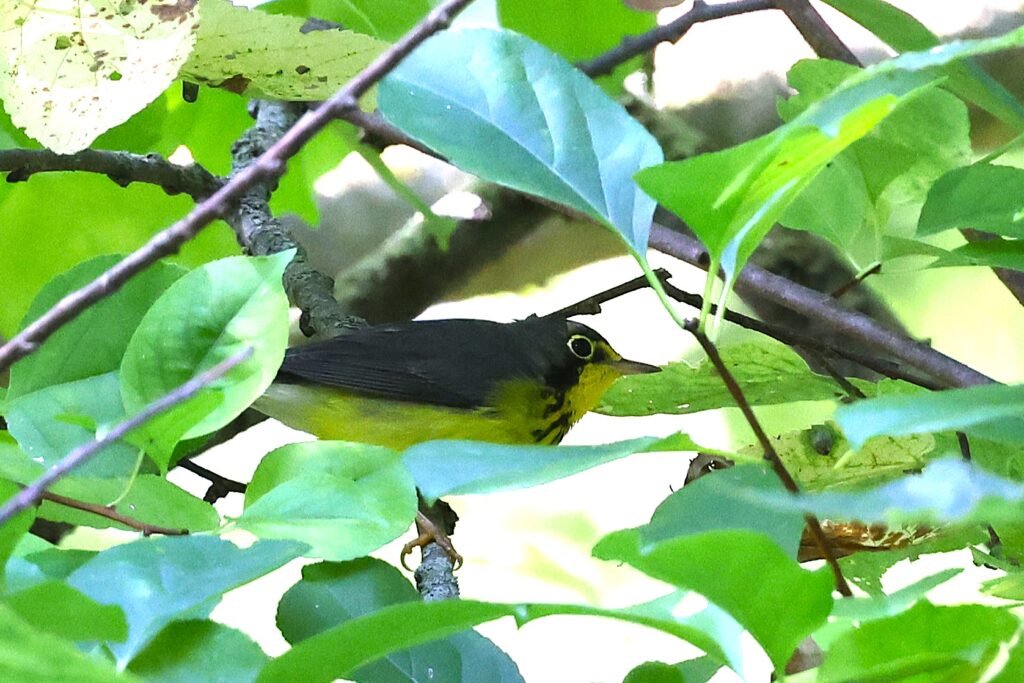
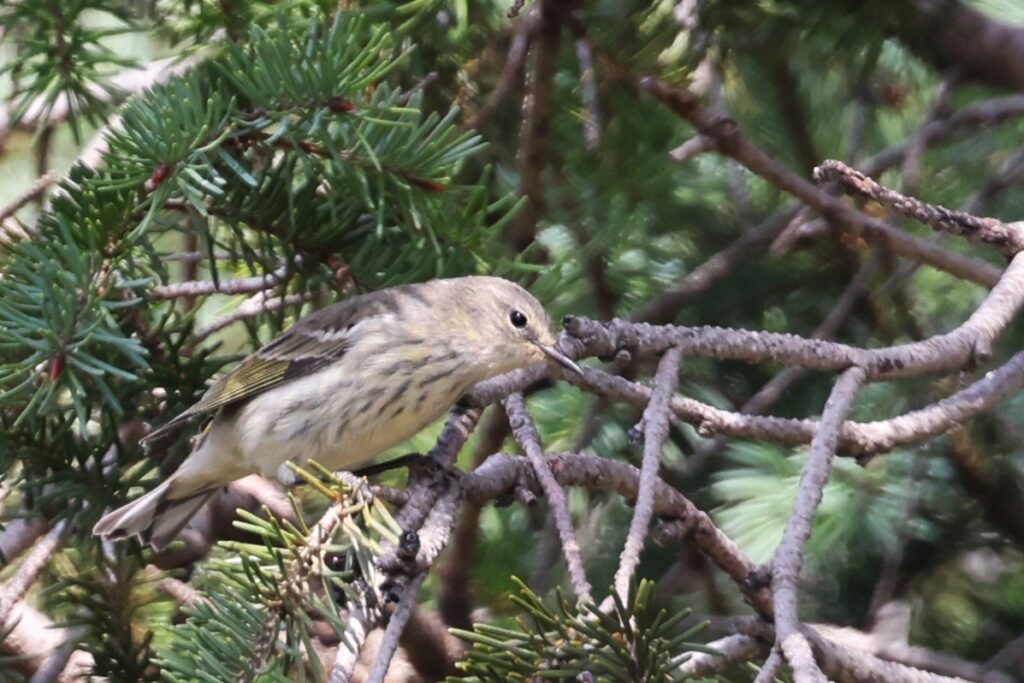
We also visited the Field of Dreams movie site. The timing was perfect as the harvest was only a month away. I loved that movie and loved playing around on the field.
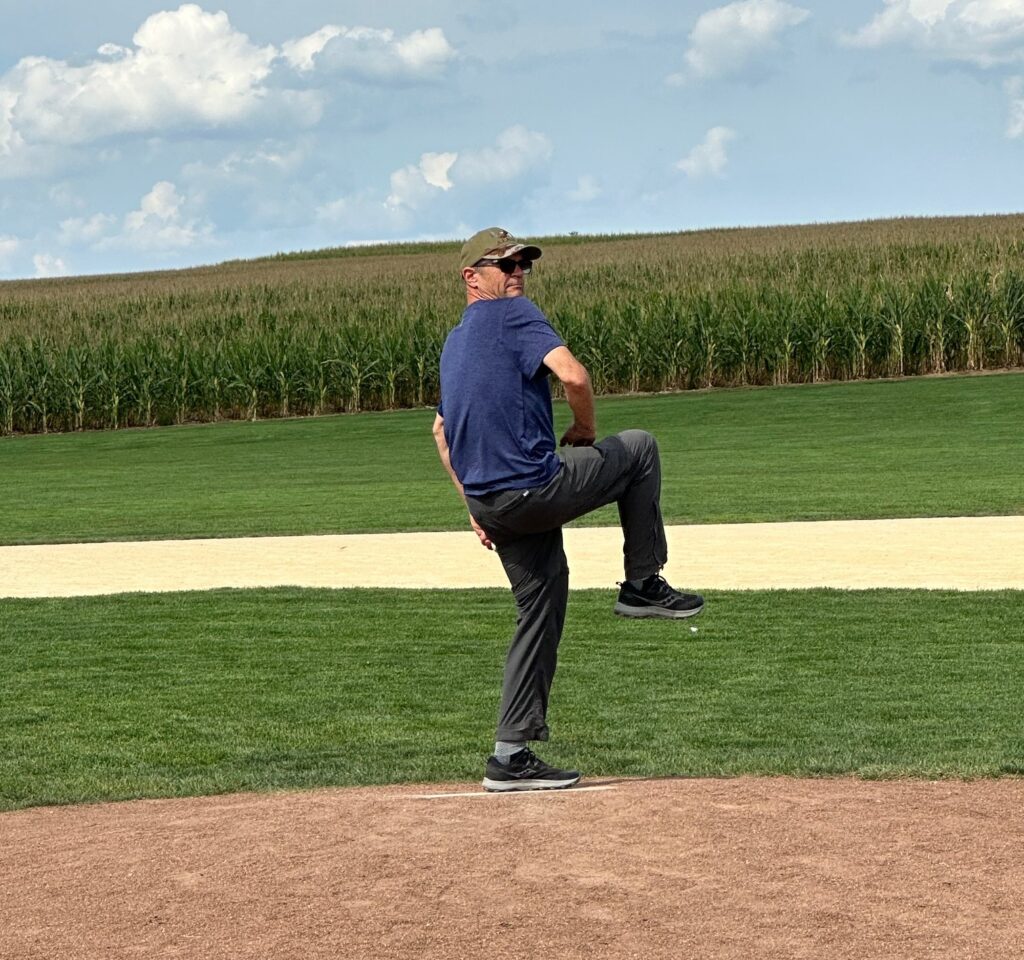
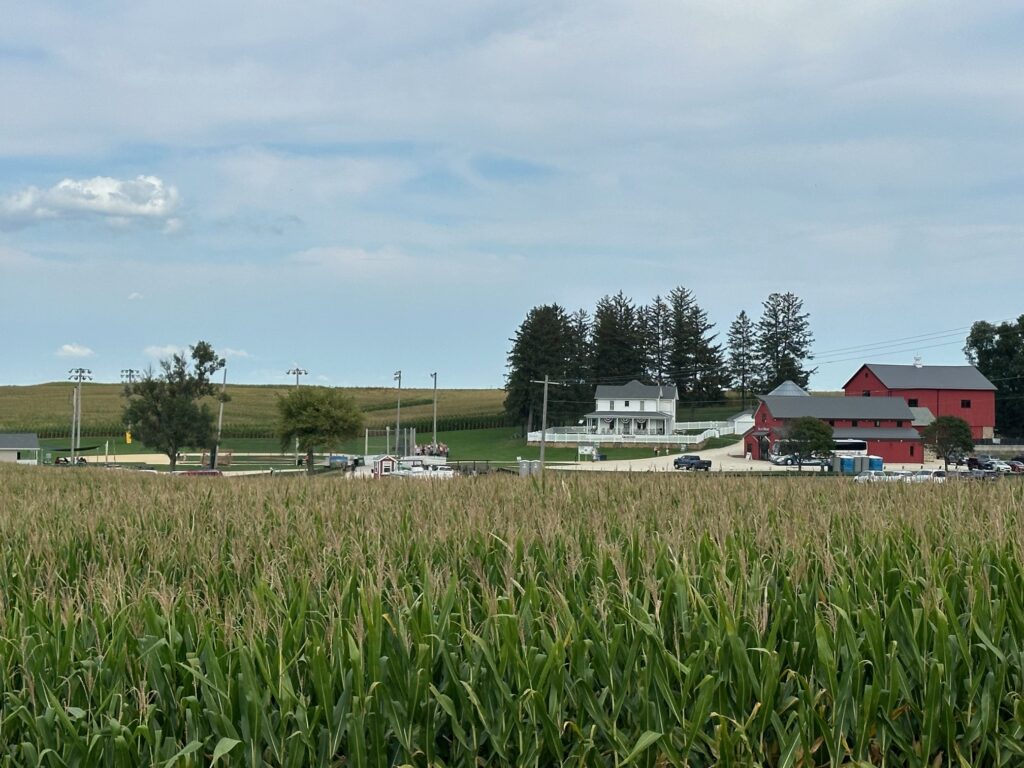
You Can't Always Get What You Want
After saying goodbye to our friends, there was only one more bird that I wanted to get: the invasive Eurasian Tree Sparrow. Very similar to the common and invasive House Sparrow that is in every city in the US the Eurasian Tree Sparrow has fortunately not been as successful in spreading from sea to shining sea. The epicenter is St. Louis and it has modestly spread to surrounding states. They were being reported regularly at the Terry Trueblood Recreation Area in Iowa City, IA so that’s where I would go. Two hours of walking the trails yielded a lot of birds but no Eurasian Tree Sparrows. Better luck next time.
After that failure, I decided to go for a win and duck into Arkansas on the trip home to pick up a few more birds to get 50 for the state. I blew through Missouri without stopping and went right to Bentonville, famous for being the home of Walmart. I managed to get what I needed in the city park and on we went.
Country Roads, Take Me Home
As we entered Oklahoma the reality of the trip coming to a close started to sink in. We left Ardmore, OK on May 1 and it was now September 19. Only 2 nights left before we enter our driveway. There would be some good birding in some new Oklahoma counties for me on the way back and even a stop at Lake Hefner in Oklahoma City to see the rare for Oklahoma Arctic Tern that was having an extended stop over. As we crossed the Arbuckle Mountains and Washita River, I couldn’t help but think about all the great times along the way. I wasn’t sure how spending 16 weeks in the constant tight quarters of our camper and truck cab with my wife of 20 yrs would work out. It drew us closer to each other and strengthened our relationship. There were so many special moments and the trip was notably absent of any lows. It was all highs. The trip I dreamed about for the last 4 years was coming to an end. Could it be that there was a teardrop in my eye?
As I sit here in my Airbnb in Cape Town, South Africa, I relish the thoughts of what will be next.

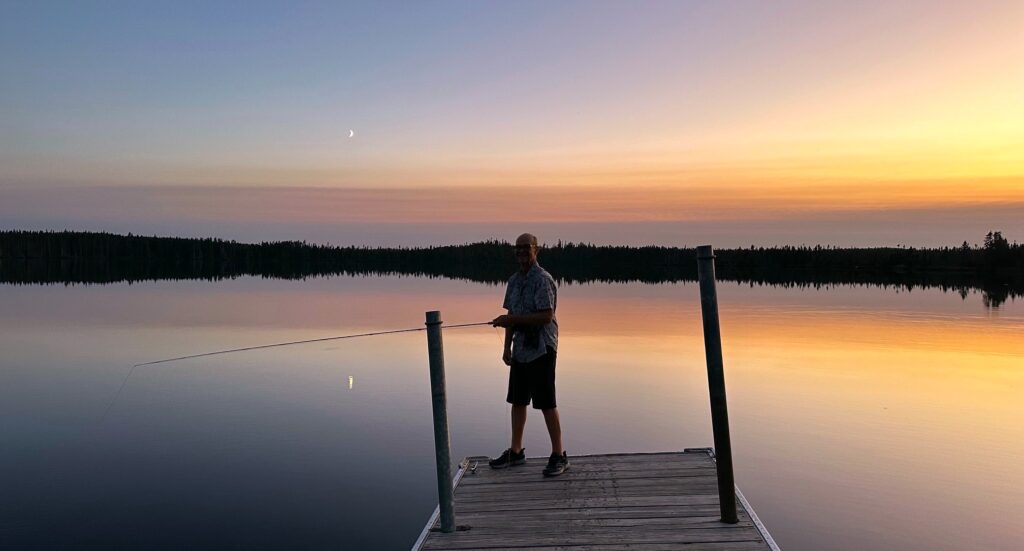
My sweet darling,
I truly enjoyed our Alaska trip together and looking forward to our next camping trips.
Enjoy your SA adventures and I see you there on May 4.
Love
Mirka
I’m already looking forward to your next trip! Great blog. Beautiful pictures.